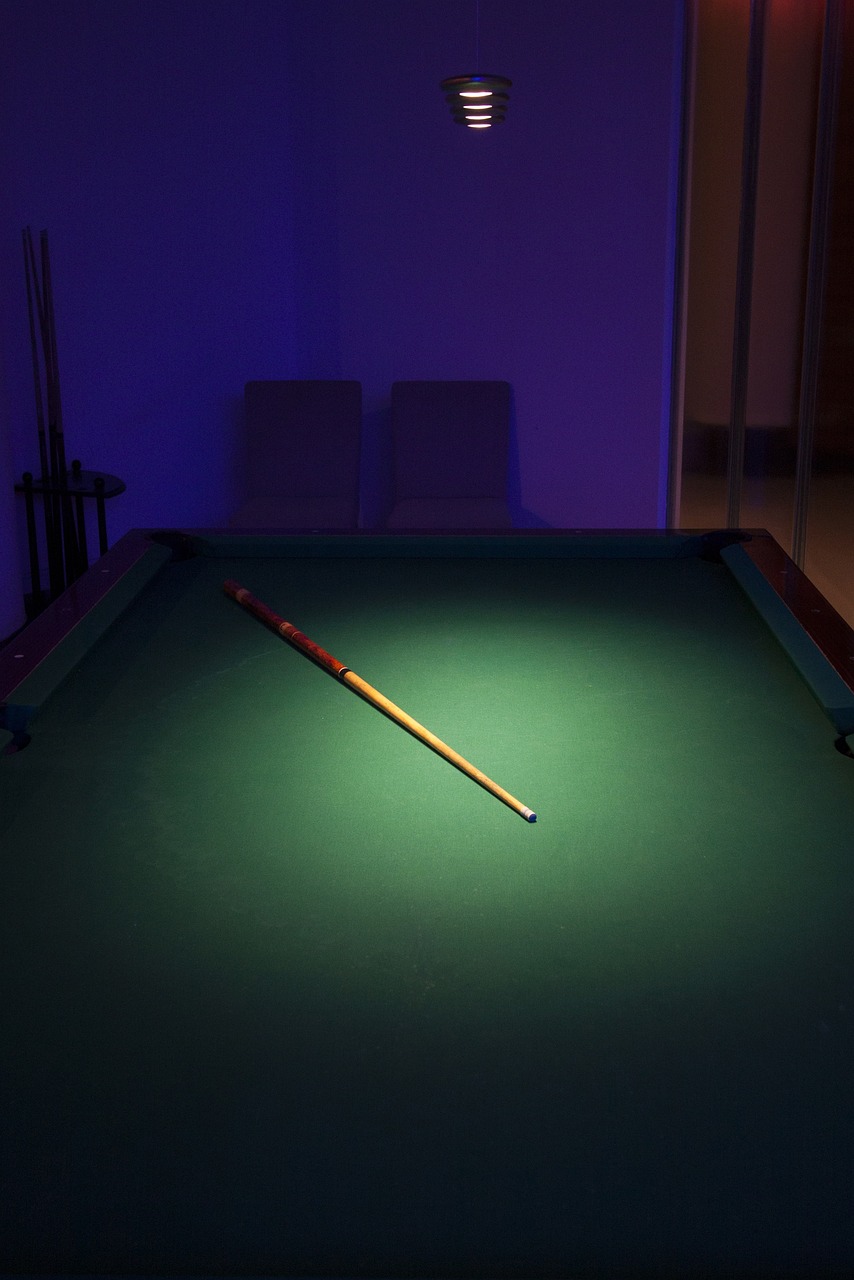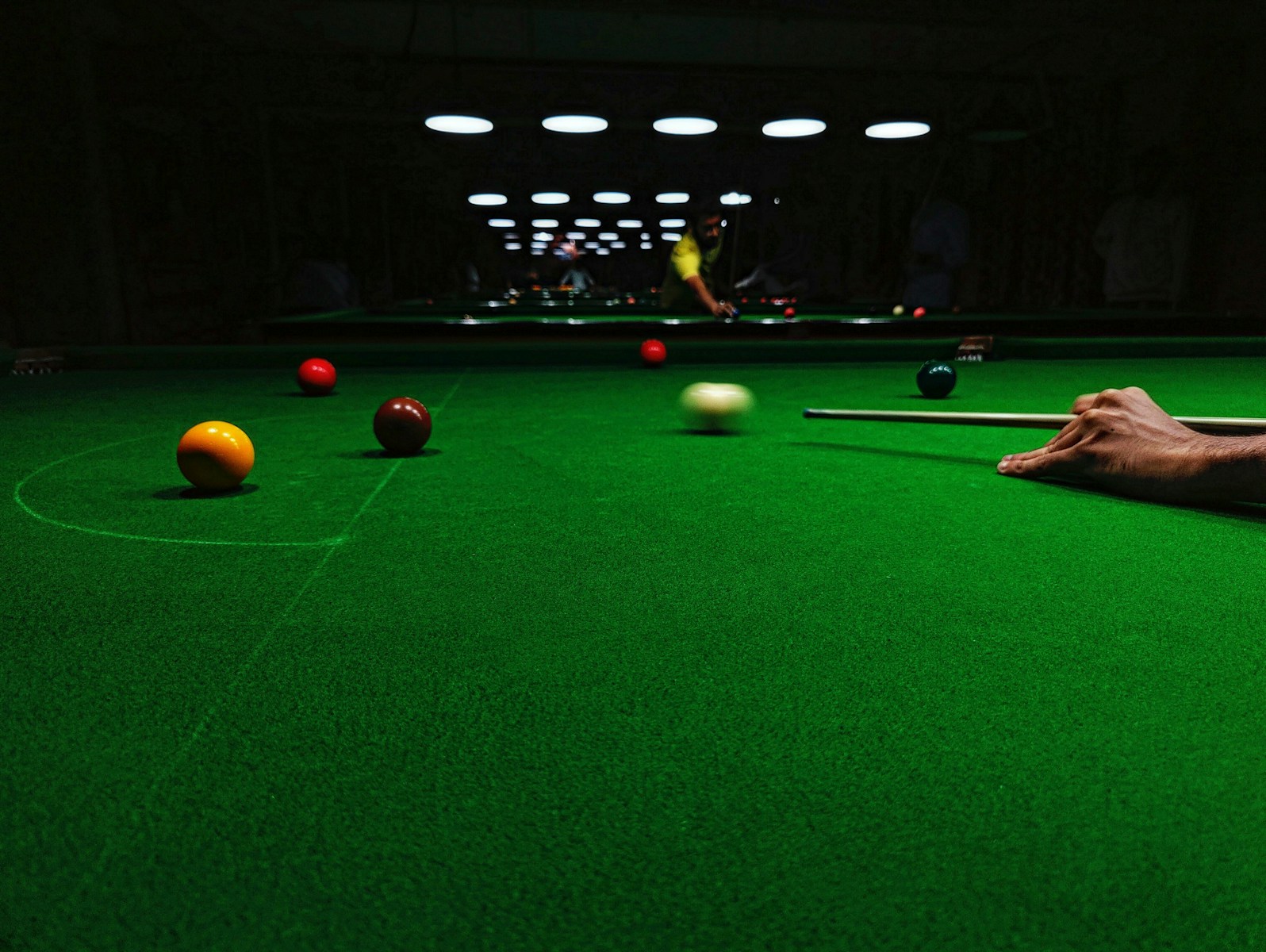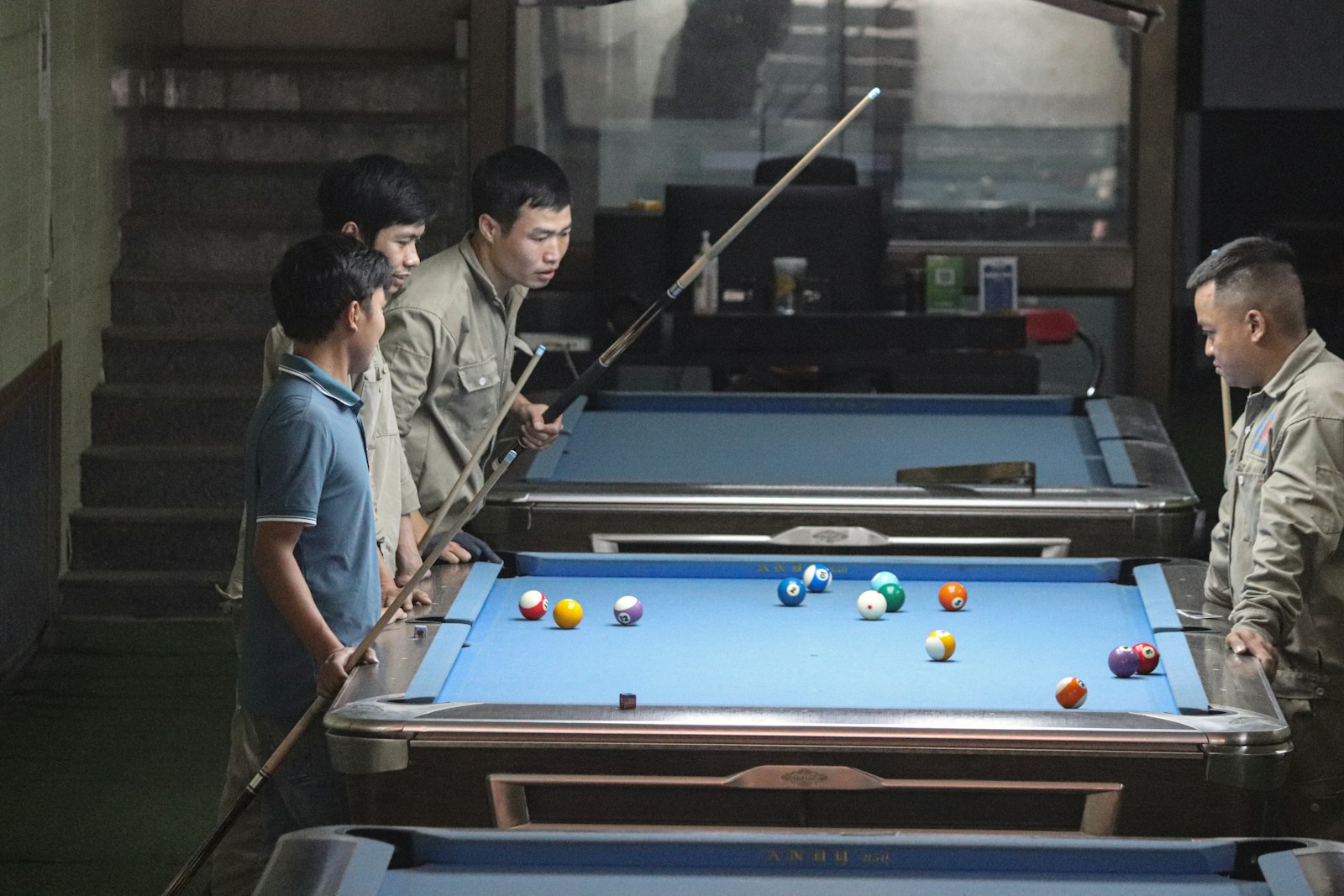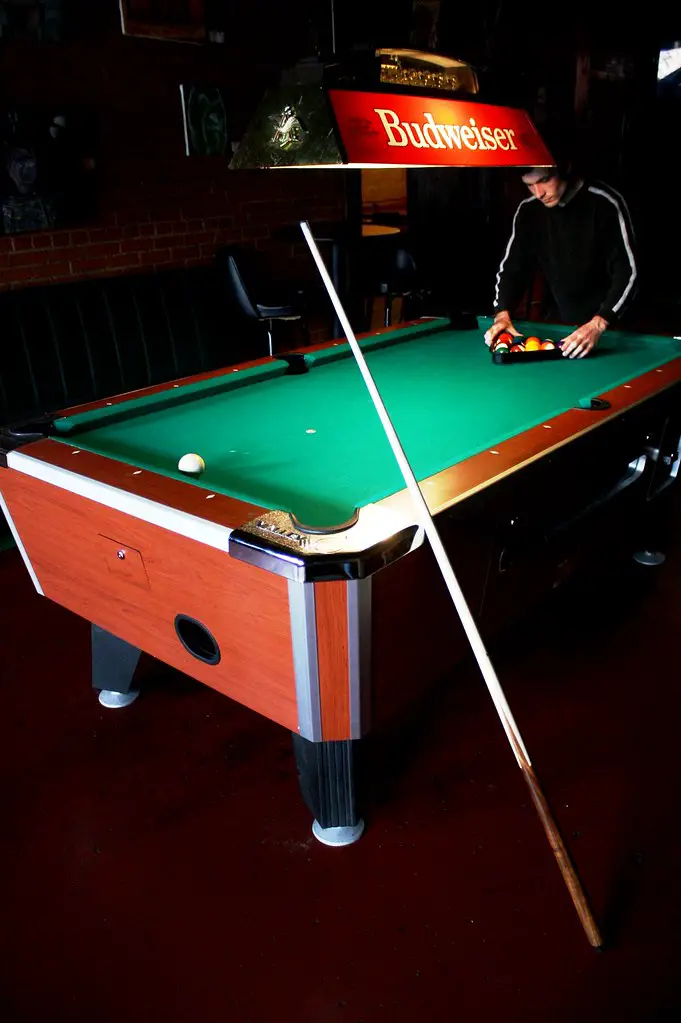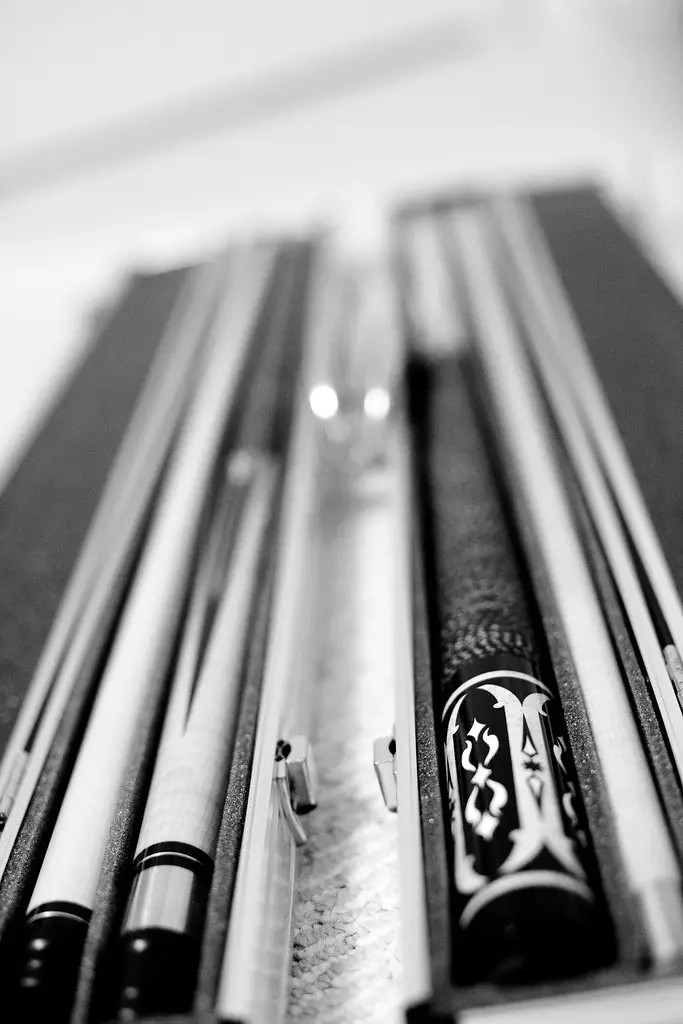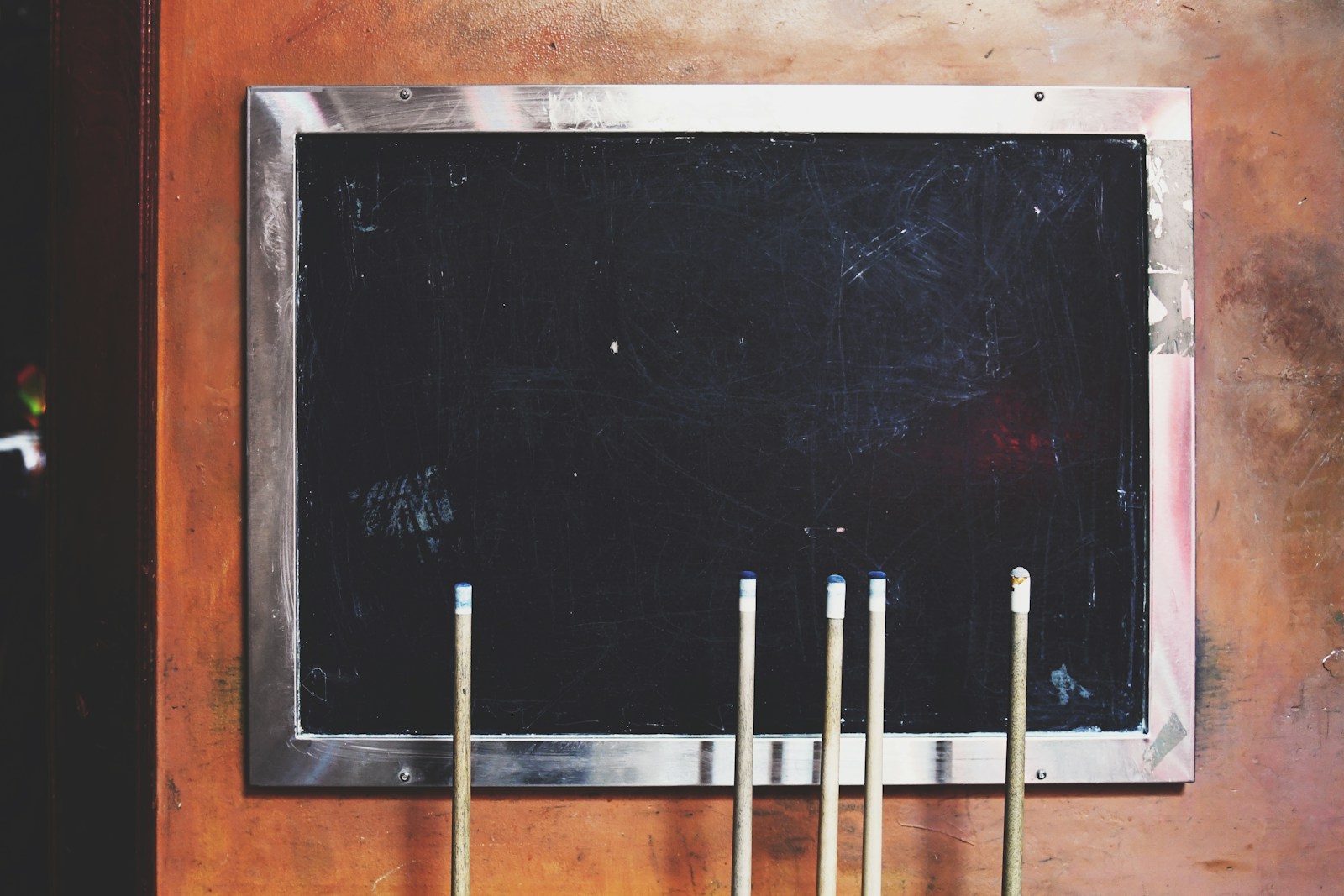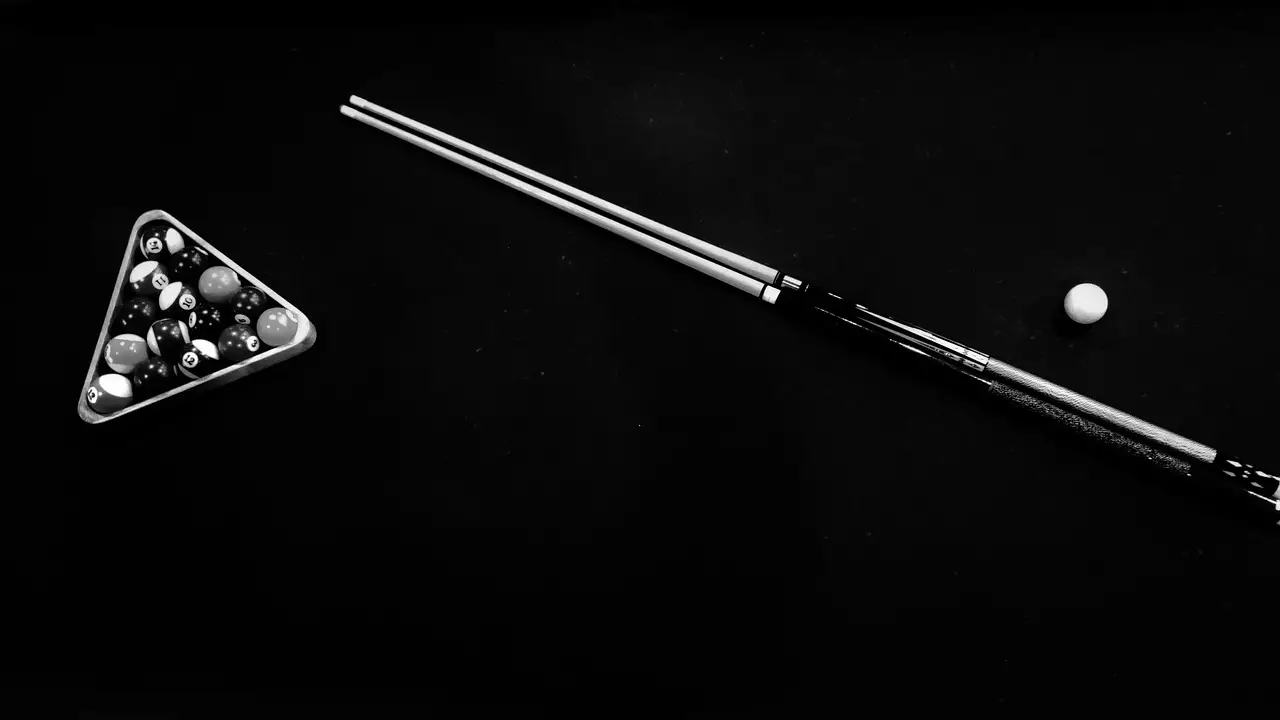
Exotic Woods in Billiard Cue Sticks Construction
For billiards players, the selection of a cue stick is a personal and critical decision. It can be a matter of comfort, style, and most importantly, performance on the green baize. While cue stick construction is an intricate art that involves various elements, one of the most influential factors is undoubtedly the wood used. Exotic woods, with their unique properties, have a significant impact on the quality and character of the cue, making them a fascinating subject for enthusiasts and connoisseurs alike.
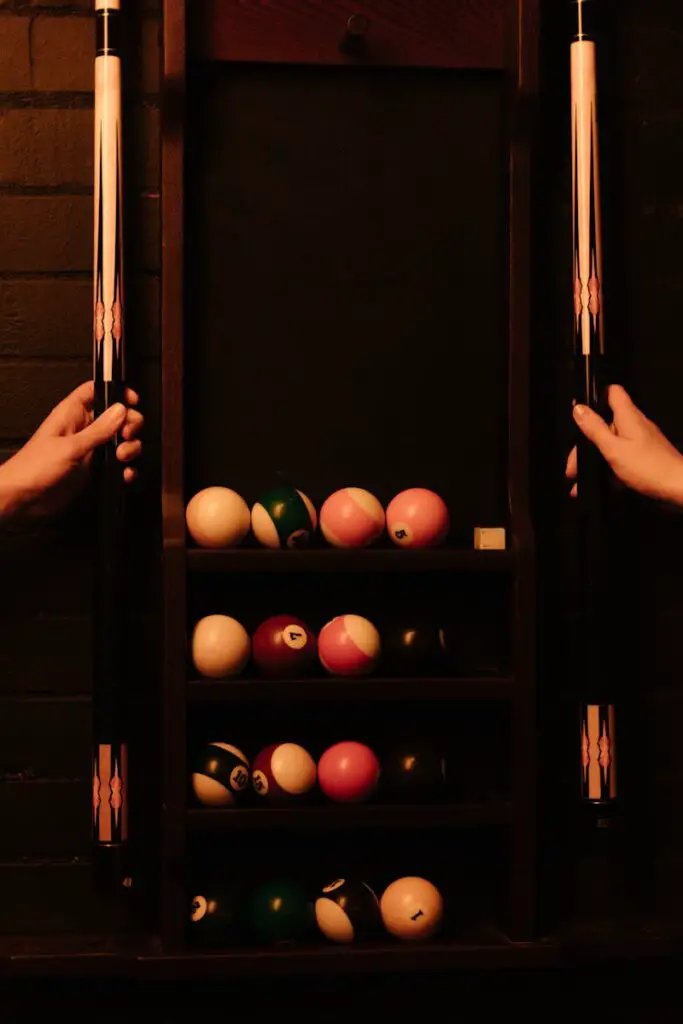
Exotic Woods Used in Billiard Cue Sticks
The rich, natural hues and exceptional durability of exotic woods have made them a coveted choice in cue stick construction. The following are some standout exotic woods that have carved a niche for themselves in cue craftsmanship.
Rosewood: Density and Stability
Rosewood is admired for its density, which contributes to the heft and solid feel of the cue. In terms of stability, rosewood’s robust nature allows for minimal warping, ensuring that the cue maintains its straightness over years of use. Known for its ease of shaping and smooth finish when polished, rosewood creates cues that are not only beautiful but also perform consistently.
Ebony: Elegance and Durability
Ebony is a legendary wood in the world of billiards, and its dark, almost black hue creates a striking aesthetic. Beyond its looks, ebony’s tight grain and high density boost its resistance to warping and moisture, ensuring longevity. Cues made with ebony are often cherished for their elegant appearance and robust performance.
Cocobolo: Vibrant Colors and Unique Grain Patterns
Cocobolo is a tropical hardwood whose range of colors, from deep orange to chocolate brown, can be mesmerizing. Its tight grain and natural oils make it a durable and resistant wood, often chosen for its strength as well as its vibrant and swirling grain. The visual appeal of cocobolo is unparalleled, with every cue created showcasing a mix of colors that is both bold and beautiful.
Purpleheart: Strength and Resilience
Purpleheart, as the name suggests, is recognizable by its vivid purple hue, turning a rich brown over time. Apart from its remarkable color, it is cherished for its density and hardness, making it one of the strongest woods used in cue crafting. Cues made with purpleheart offer a sharp contrast to the traditional dark woods, appealing to players who enjoy a more unconventional look without compromising on strength.
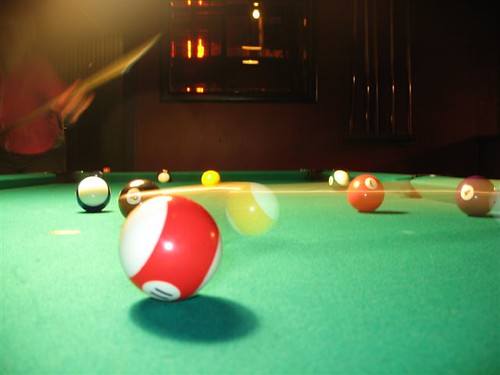
Impact on Performance
The use of exotic woods in cue stick construction is more than a choice of aesthetics; it has a profound effect on a player’s performance on the pool table.
Weight Distribution and Balance
The weight of the cue is a crucial factor in a player’s ability to control their shots. Exotic woods, often heavier than standard woods, can be used to tailor the weight and balance of the cue to suit the player’s preference. This customization ensures that the cue feels like an extension of the player’s arm, leading to more accurate and consistent play.
Cue Ball Control and Spin
Exotic woods’ natural oils and high density allow for a smoother, more controlled contact with the cue ball. This results in better cue ball control, increased shot accuracy, and the ability to put on more precise spin. Whether it’s a delicate shot requiring finesse or a power break, the use of the right exotic wood can be the difference between a miss and a hit.
Vibrations and Feedback
The tactile experience of a well-constructed cue made from an exotic wood is often described as providing superior feedback. Players often prefer cues that offer a stiffer hit, which can be achieved through the dense and unyielding nature of exotic woods. This direct and solid feedback loop helps players determine their cue’s performance and make the necessary adjustments to their game.
Artistry and Craftsmanship
Crafting a cue from an exotic wood is an art form that speaks not just to performance but to style and identity.
Intricate Inlays and Designs
Exotic woods serve as a canvas for master craftsmen to create stunning inlays and designs. Precious metals, stones, and other materials can be set into the wood, turning each cue into a unique work of art. From classic designs to elaborate customizations, the use of exotic woods allows for an endless array of decorative possibilities, elevating the cue to a personal statement for the player.
Customization Options
Exotic woods offer a wide range of customization options, whether it’s the choice of type and cut of wood or the design and weight distribution of the cue. Players can work with cue makers to create a cue that not only suits their playing style but also reflects their personality. This level of personalization is part of what makes cues crafted from exotic woods so special and sought after.
Sustainability Considerations
With some exotic woods facing endangerment due to unsustainable harvesting, the cue-making industry has a responsibility to ensure their practices are environmentally friendly. Many cue-makers are turning to sustainable sources or reclaiming woods from old furniture and other items to continue offering the beauty and performance associated with exotic woods while being mindful of the environment.
Conclusion
The role of exotic woods in billiard cue stick construction is multifaceted. It enhances not only the aesthetic appeal but also the performance and personal connection that players have with their cues. From the dense stability of rosewood to the vibrant patterns of cocobolo, and the resilience of purpleheart, each wood brings its unique qualities to the game, ensuring that the art and science of cue stick construction continue to captivate billiards enthusiasts for years to come. For those who regard cue sports as more than just a pastime but as a pursuit of excellence and beauty, the choice of wood is a choice for mastery.

